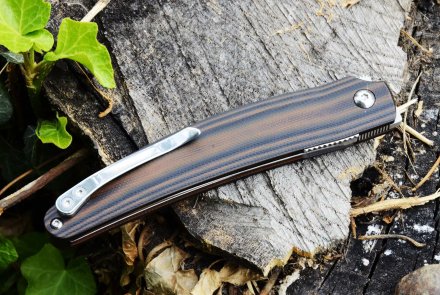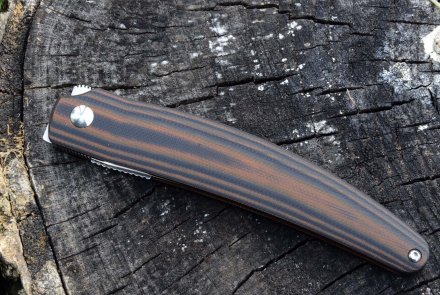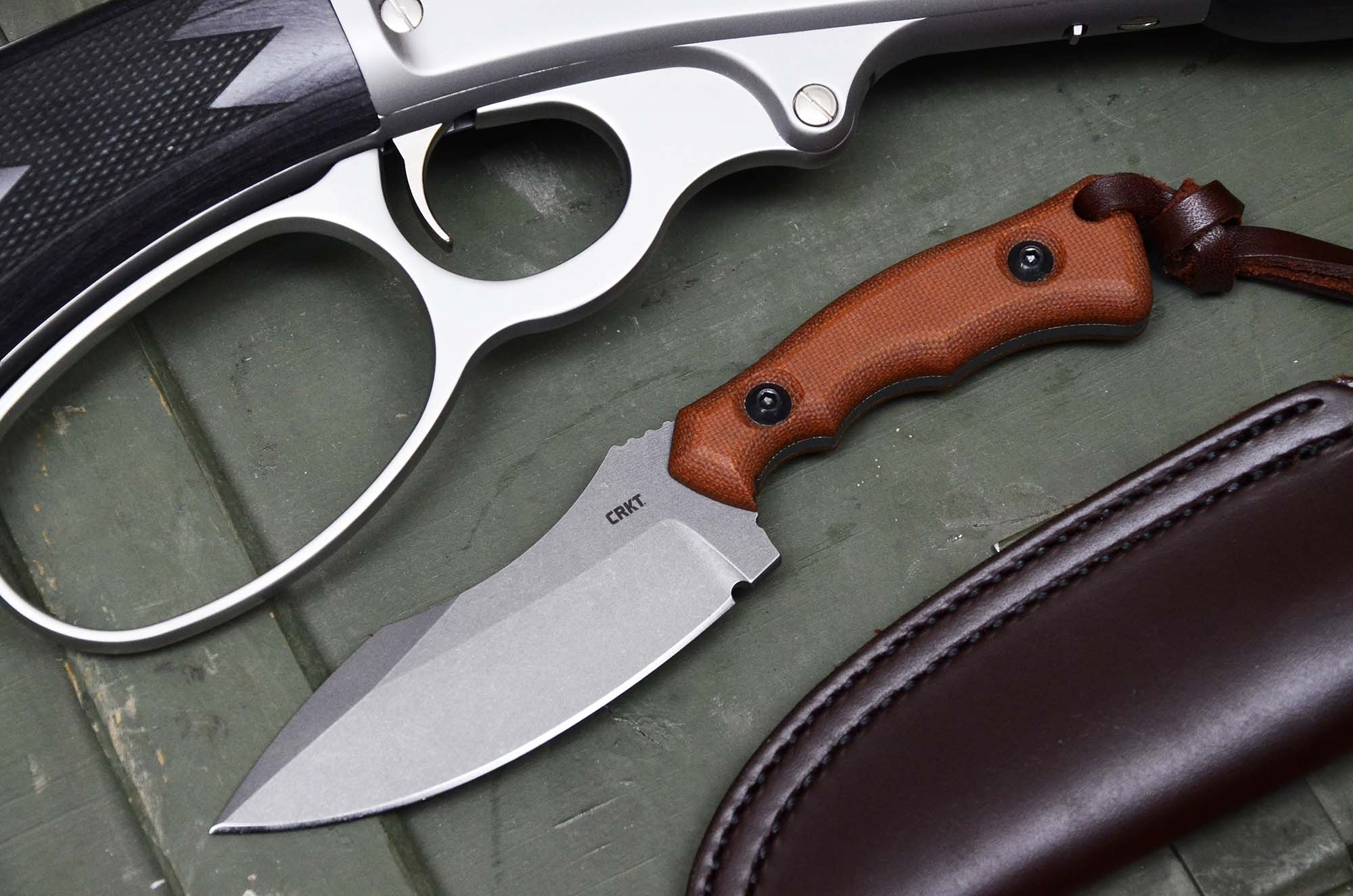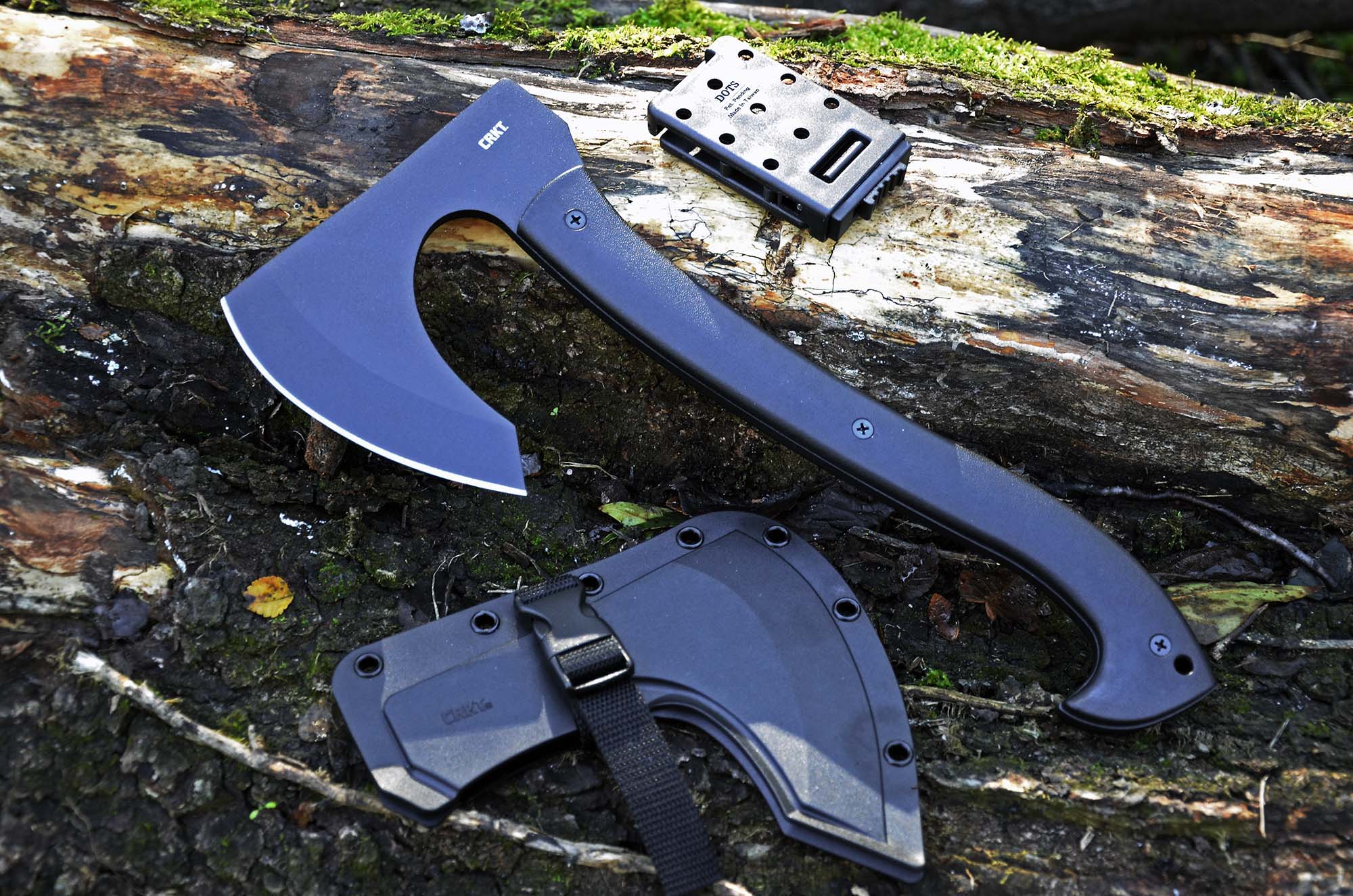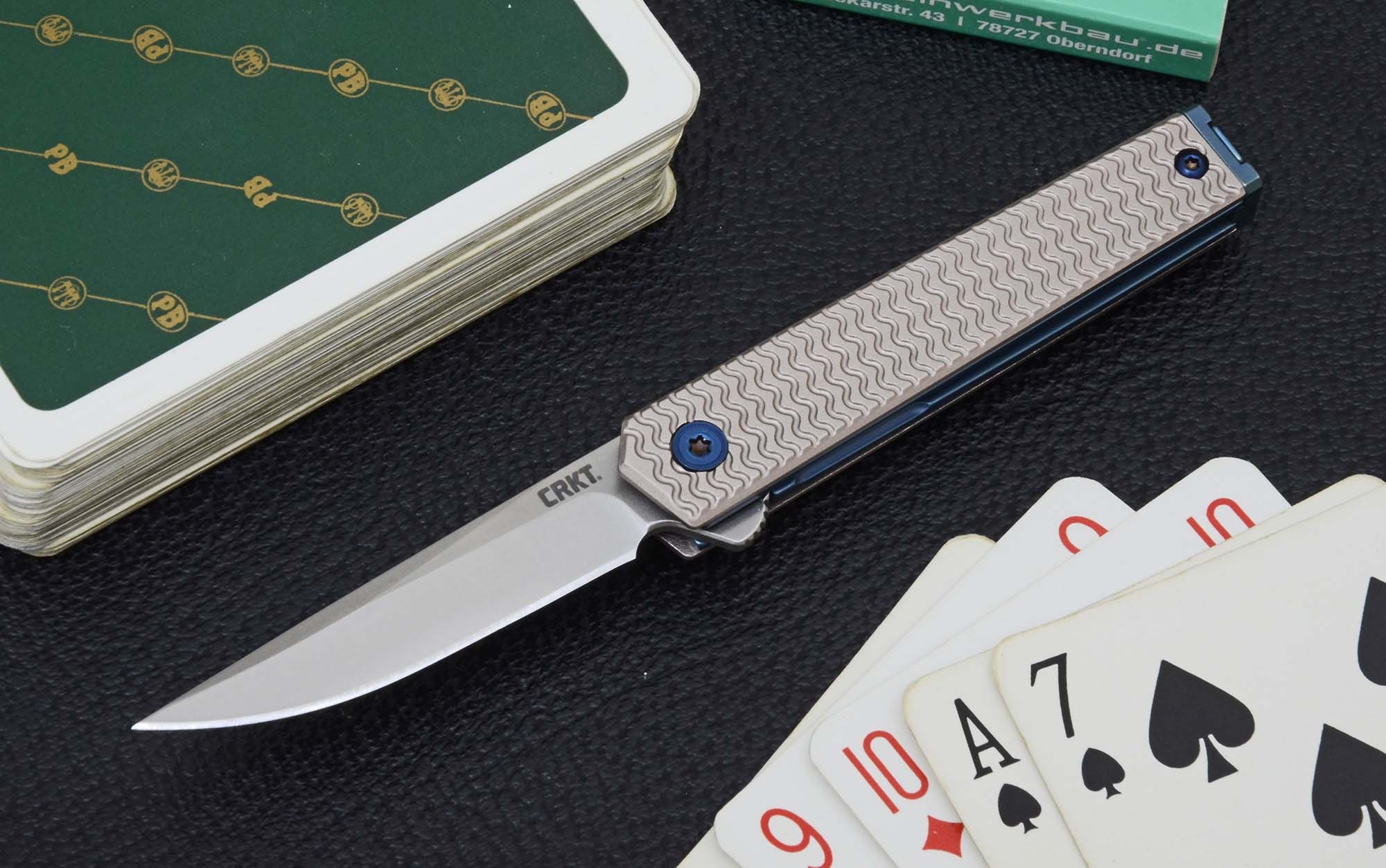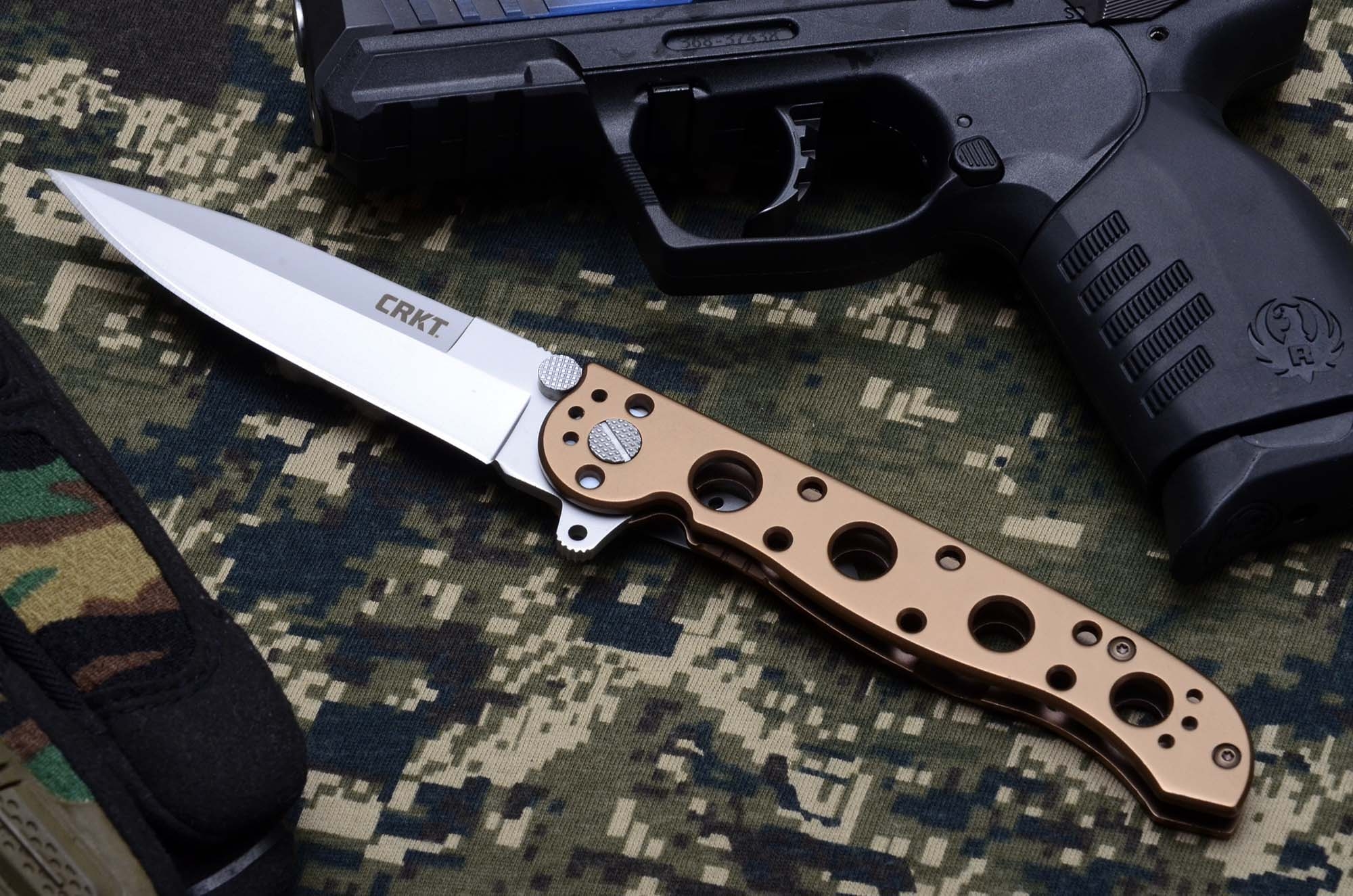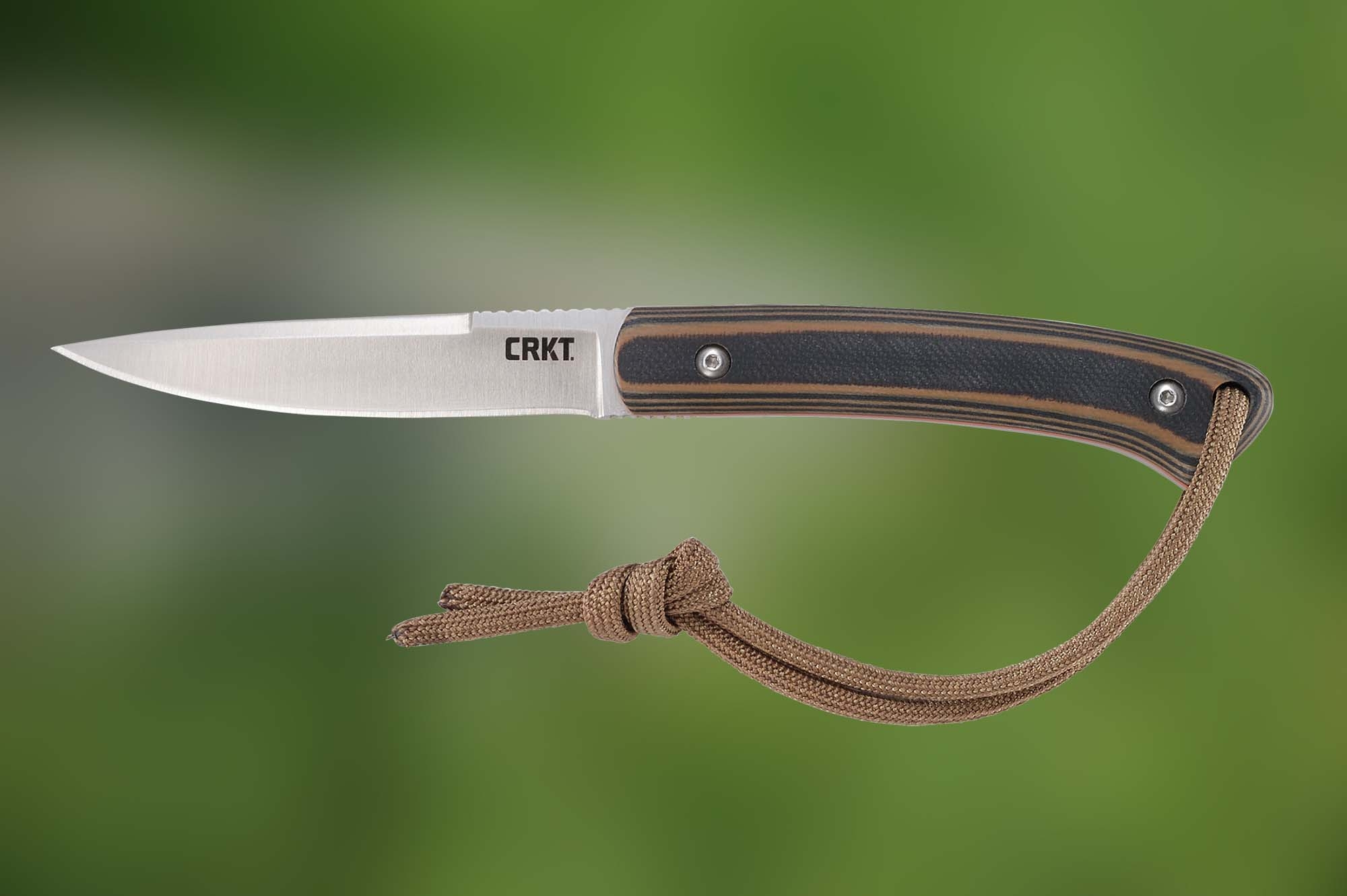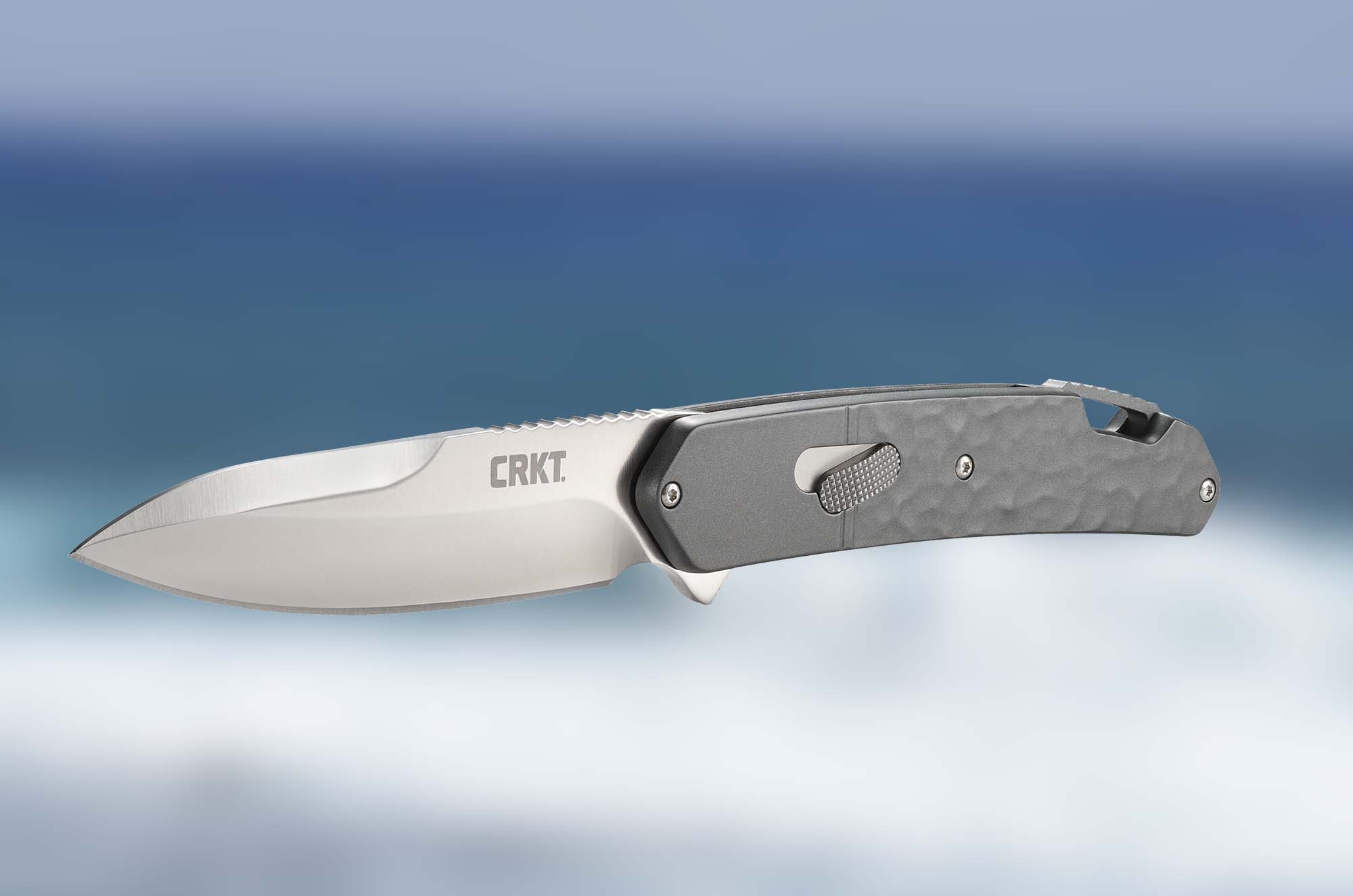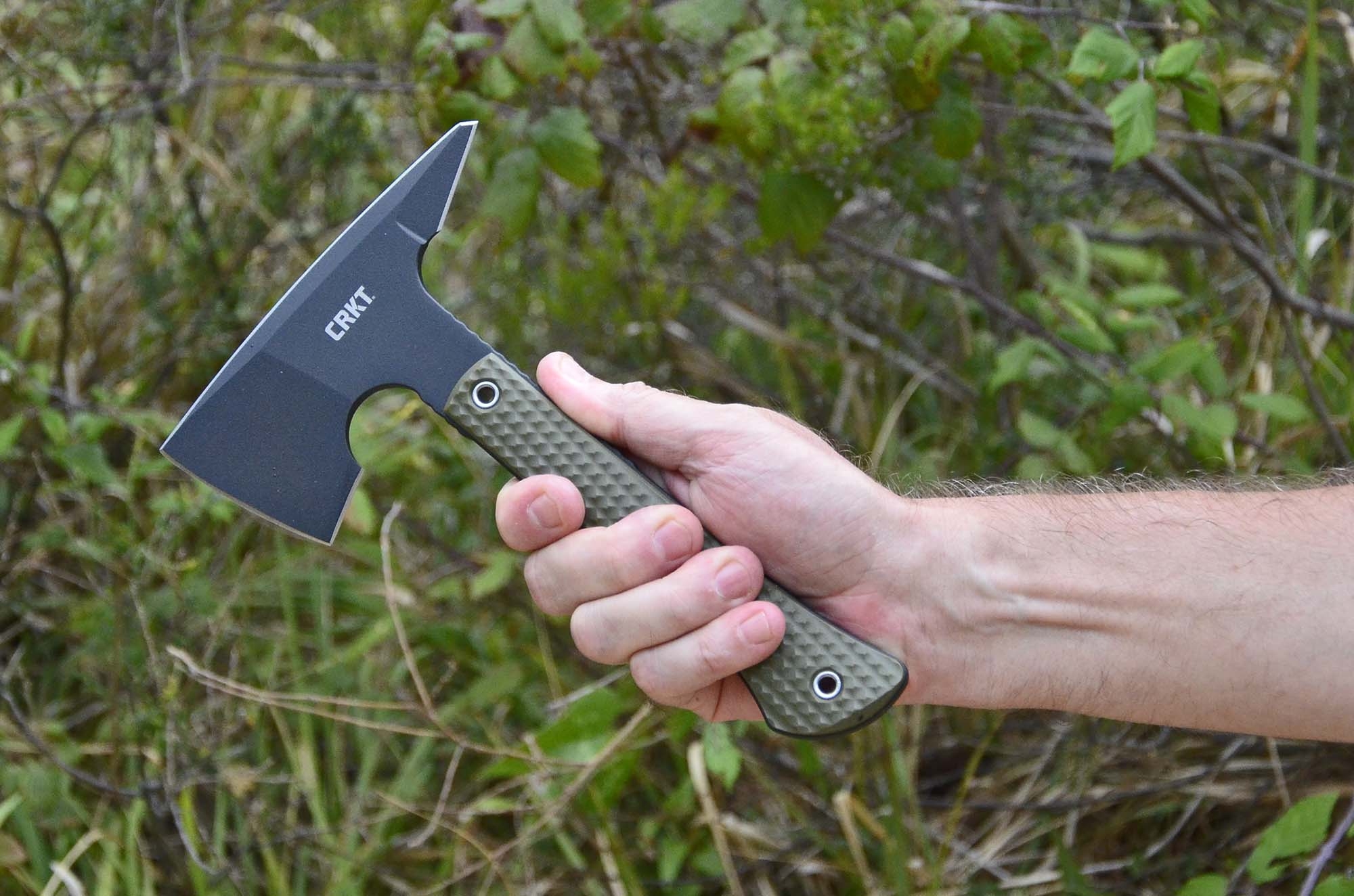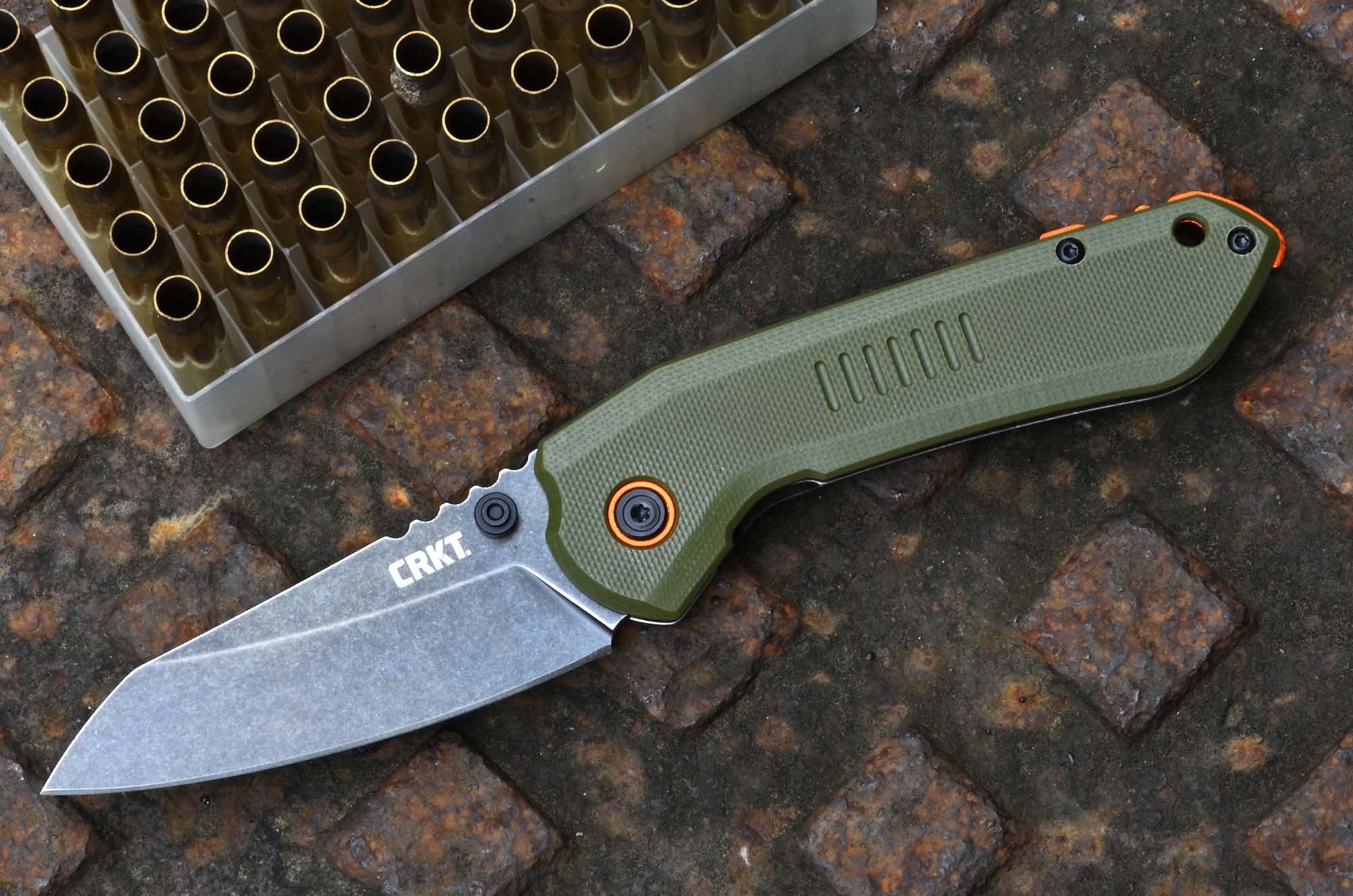In common US parlance, to define something difficult one compares it to rocket science. Well, Darriel Caston, who designed the Ancestor model for CRKT, actually is an American rocket scientist with a very peculiar history: after working as an engineer at Edwards Air Force Base in California, he was employed by the Aerojet missile company and then by the California Department of Energy as an engineer. In the meantime, Darriel Caston cultivated various interests, from writing science fiction stories to knife making, under the guidance of such masters as Terry Lee Renner and Ron Lake, an activity he was forced to put on hold in 2004 for family reasons. In 2013, Darriel decided to follow one of his passions and started working on knives again, founding D Rocket Design. With this brand Darriel makes a small series of ingenious and original knives, which we invite you to check out on his Instagram page.
CRKT Ancestor, the ancestor that looks to the future
The folding knife that Darriel Caston has designed for CRKT is quite different from his own production and is called "Ancestor" not by chance, as it is intended as a tribute to the Tanto, a Japanese knife whose origins date back to the Heian period, from 794 to 1185 AD. Undoubtedly, the Tanto is a type of blade that, especially at the end of the 20th century, greatly influenced the shape of American-made sport and combat knives: suffice it to think of the extraordinary success enjoyed by Cold Steel's Tanto, presented on the market in 1980 and still produced in various versions with a fixed or folding blade.
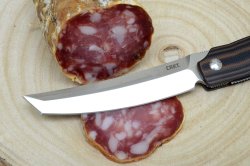
Let's start with the blade, which is made of D2 steel and has a rather sinuous shape, which is described as "Tanto" but is actually something more since it has a double hollow ground bevel that makes it very elegant. The maximum thickness of the blade, therefore, is not at the back, but at its center, and is 3.12 millimetres. The false edge, which is not sharpened, is only 1.2 millimetres thick and runs the entire length of the blade. The D2 stainless steel with a high chromium and carbon content is an interesting choice as it boasts a superior edge retention compared to 440C and N690 and also ATS 34 and shows good corrosion resistance. Returning to the blade of the CRKT Ancestor, its level of workmanship is the usual one, i.e. excellent, with a good factory sharpening and a very homogenous satin finish that is the backdrop to the fortunately unobtrusive marks with the manufacturer's initials on the left side and "Caston Design" on the right, where we also find the microscopic code number. The declared hardness of the blade is 60-62 HRC, while the length of 91.5 mm is more than enough to cope with everyday tasks, including the basic cutting of salami. By operating the small, slightly protruding but decidedly convenient side flipper, the sinuous blade opens very smoothly, rotating on a ball-bearing pivot system (IKBS system) and locks open with a noticeable click. The linerlock release is smooth and requires no effort, while keeping the blade firmly locked.
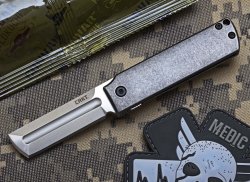
The handle of the CRKT Ancestor replicates the sinuous progression of the blade and consists of a pair of multilayered G10 scales reminiscent of the hues and grain of a fine wood, mounted on two stainless steel plates with large lightning millings. The handle surface is not checkered, but the natural roughness of the material makes it quite grippy. The clip is made of stainless steel, fixed with a pair of Torx screws on the right side of the handle and allows the Ancestor to be carried "tip up". The clip can only be removed, but not swapped from one side of the handle to the other. On the scales, the CRKT Ancestor weighs in at 80 grams, not bad for a linerlock knife with a blade over 9 centimetres long; it will certainly appeal to those looking for a linerlock that is light and discreet for carry, but with a good cutting capacity and an original and rational line. The price is also rather light: around 80 euros, which for a product of this kind should be considered a fair figure. Manufacturing in China does not affect the quality of the CRKT Ancestor in any way.
CRKT Ancestor lightweight knife – technical specifications and price
Manufacturer | CRKT |
Model: | Ancestor (5930) |
Designer: | Darriel Caston |
Type: | Folding knife |
Locking Mechanism: | Linerlock |
Blade Steel: | D2 |
Finish: | Satin |
Blade Length: | 91.5 mm |
Blade Thickness: | 3.12 mm |
Overall Length: | 210 mm |
Handle Material: | G10 |
Blade Edge: | Plain |
Weight: | 80 g |
Price: | 80 euro approx. |
To find out more, visit the CRKT website.



